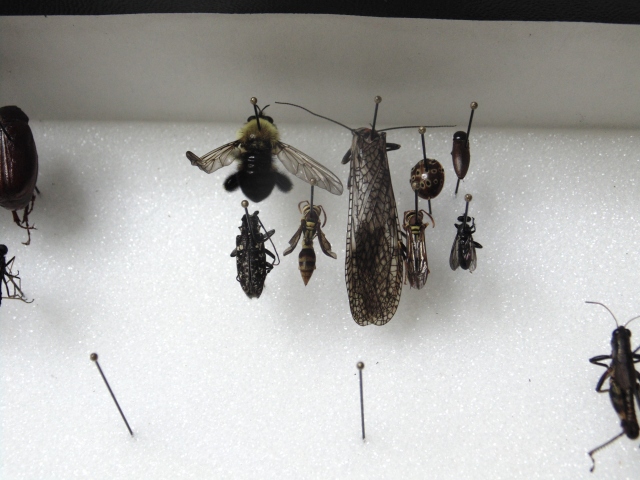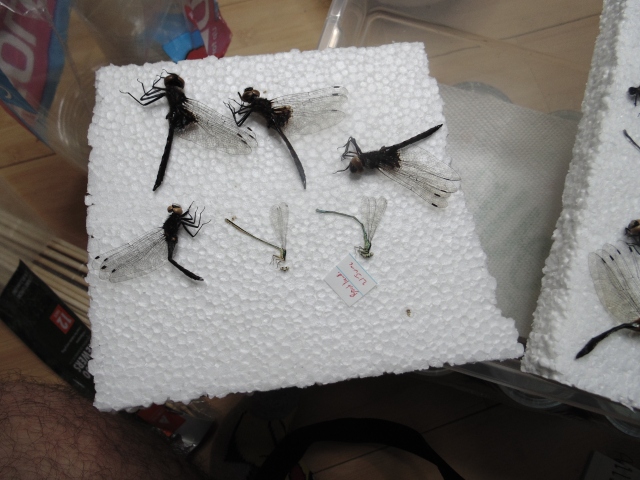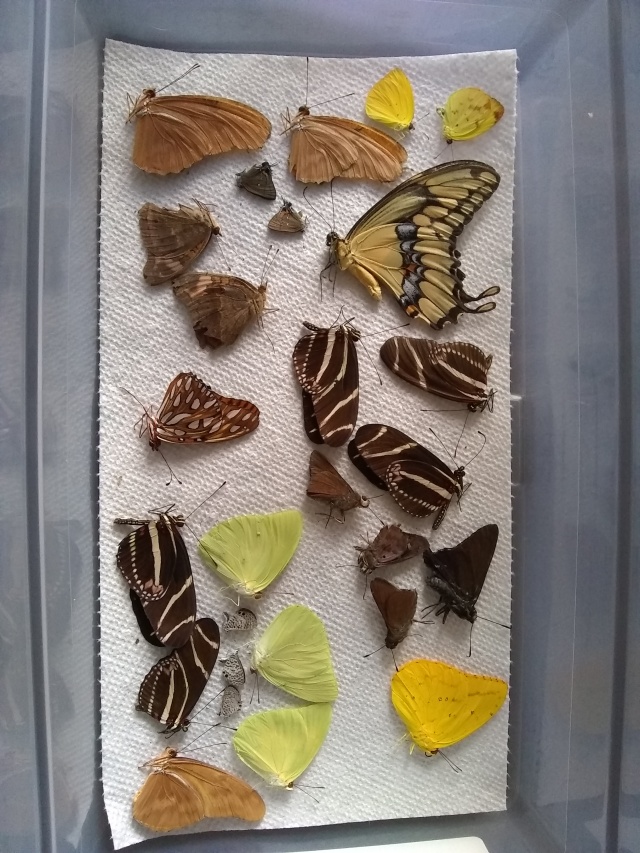The tiger swallowtails are large conspicuous butterflies that are found throughout the U.S. This post is all about how to identify the different species. I’ve outlined the key traits in each photo with a red line to show you where to look.
Papilio canadensis VS Papilio glaucus
These two species are ones that people get mixed up the most, in my opinion at least. The ranges of these two species luckily only overlap in the northern Great Lakes states and the northeastern states. I’ll include a link to their species pages that show their ranges
https://www.butterfliesandmoths.org/species/Papilio-canadensis
https://www.butterfliesandmoths.org/species/Papilio-glaucus
One characteristic that is difficult to see unless you have the specimens next to each other is the size difference. Papilio glaucus is slightly larger. I’ll start by showing the main difference on the dorsal side.
Papilio canadensis
You can see the area I marked showing a really thick black line on the inner margin of the hind-wing.

Papilio glaucus
In this species you can see the line on the inner margin as really thin.

The markings I just showed you should be one of the first things you look for. There is also a trait on the ventral side of the forewing that you can look for as well, though this trait might be useful in all cases.
Papilio canadensis
The are I have highlight shows the marginal spot that appear to be a continuous band.

Papilio glaucus
In this species species the marginal spots have black line interrupting them appearing more chain like. Be careful though as some individuals may have less black and may appear similar to the marginal spots of Papilio canadensis.

Once you start seeing the differences over and over you start to get the hang of it. Like most other things it’s repetition. Luckily for those of us in the western states it is a little easier.
Papilio rutulus VS Papilio multicaudata
These are the two primary tiger swallowtail species in the western states. Luckily it is pretty easy to tell the difference between the two. One difference is the notable size difference between the two. Papilio multicaudata is noticeably larger generally. For this comparison all I need to show is the dorsal side.
https://www.butterfliesandmoths.org/species/Papilio-multicaudata
https://www.butterfliesandmoths.org/species/Papilio-rutulus
Papilio rutulus
The tell all difference is the number of tails. As you can see this species only has one tail.

Papilio multicaudata
Unlike all other tiger swallowtail species native to the U.S. this species has two tails, hence its species name.

So far so good I hope. I only really have one more comparison to make.
Papilio glaucus VS Papilio rutulus
For the most part the ranges of these two species don’t overlap. In typical fashion though there are always strays and times where these two species can indeed be found in the same location. I’ll also point out that this comparison is also the same way to differentiate between P. rutulus and P. canadensis as well.
For this comparison you have to look at the ventral side of the hindwings.
Papilio glaucus
In the area I highlight you can see the marginal spots have a decent amount of orange in them.

Papilio rutulus
In this species there is no orange present at all except for the little bit at the very end.

As you can see once you actually know what to look for you should have no problem identifying these amazing butterflies to species.
Papilio eurymedon
In the western states there is a species that looks superficially like the tiger swallowtails but should not be confused with them at all. You can easily tell this species about by the pale coloration.
https://www.butterfliesandmoths.org/species/Papilio-eurymedon
Papilio eurymedon
The pale color of this species make it pretty unmistakable compared to the tiger swallowtails.


Other Notes:
Just as you think you were done….wait, there’s more!
In the eastern U.S., in the higher elevations of the Appalachian Mountains there is yet another species of tiger swallowtail, Papilio appalachiensis. This species is not commonly encountered and the majority of people in the states probably never will. I don’t have any specimens in my collection nor have I seen this butterfly in person yet. It looks just like Papilio glaucus but larger and there are some other more detailed differences. I’ll add a couple links about this species so you read about it.
https://www.butterfliesandmoths.org/species/Papilio-appalachiensis
https://bugguide.net/node/view/60430
Okay, now we are done. I know this post was a long one but I hope it gives you the information you need to help differentiate these species. As always if you have any question feel free to contact me.































